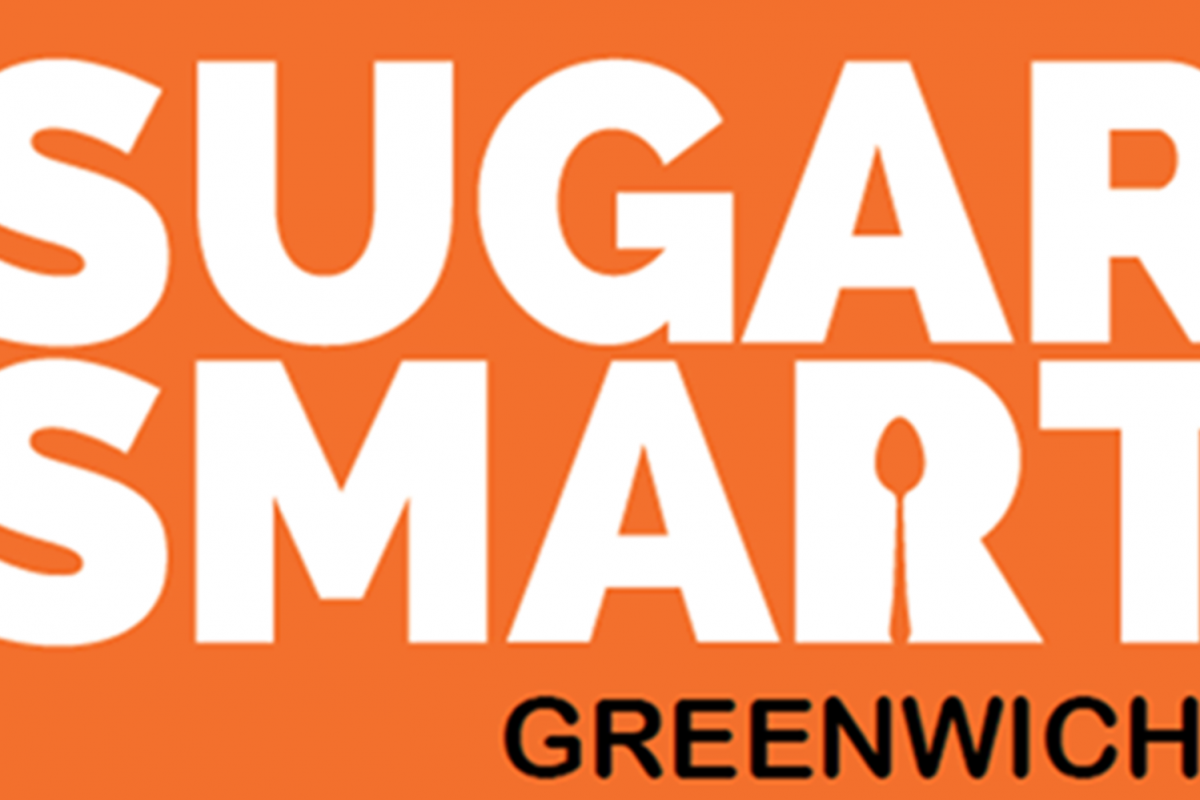Sugar Smart September, a month-long challenge to encourage individuals and organisations to reduce their consumption of sugar, is set to get underway, and Charlton Athletic Community Trust (CACT) is challenging local residents to take part. The Royal Borough of Greenwich launched Sugar Smart in the Borough in early 2017, and CACT promotes the initiative as part of the health improvement programme it delivers on its behalf.
What are the sugars you need to look out for?
"Free" sugars: sugars that are typically added to a product by the manufacturer. These include:
- The sugar in biscuits, sweets, flavoured yogurt, breakfast cereal and fizzy drinks.
- The sugar in honey, syrups (such as maple, agave and golden), nectars (like blossom), and unsweetened fruit juices, vegetable juices and smoothies. Although these sugars occur naturally they still count as "free" sugars
How much sugar should we be eating?
It is recommended that you should limit the amount of "free" sugars you need to consume to a maximum of 5% of your energy intake for the day. Adults and chilren 11+ should only be eating up to 7 sugar cubes a day, children aged 7 - 10 up to 6 sugar cubes a day, and those aged 4 - 6 should be having 5 cubes of sugar. Although there are no official guidelines for children below the age of 4, it is recommended that they avoid most foods with "free" sugars.
Top tips for being Sugar Smart
1) Check the ingredients list for added sugar - the closer to the top if the list, the more sugar there is.
2) There are many different names for sugar that you will find on an ingredients list, but the most common include sucrose, glucose, fructose, maltose, fruit juice, molasses, hydrolysed starch, inverted sugar, corn syrup and honey.
3) Look out for the traffic light system on food packaging:- read means high in sugar - or check the sugar, salt and fat content in a product by downloading the Be Food Smart app.
4) It may surprise you that breakfast cereals tend to have high sugar content. Look for lower sugar options such as plain porridge, no sugar museli or shredded wholegrain pillows and add fruit if you prefer it sweeter.
5) Look out for fruit juice in smoothies that contains added sugar
6) Low fat products tend to replace fat with sugar.
This September, how about avoiding:-
- All processed sugary foods e.g cereal, soups, sauces, biscuits, chocolate, ready meals, cereal bars etc.
- Honey and syrups
- Alcohol which has had sugar in it for example, fruit ciders and alcopops.
or you can:
- Completely cut out sugar from your diet for a whole month
- Avoid free sugars on the weekends and limiting treats at the weekends
- Eat less than the 7 cubes of sugar recommended in a day. This is a good option to get started on long term Sugar Smart eating.
- Cut out sugar during working hours - this is a good challenge for those office workers who are tempted by daily office treats.
Let us know what you are going to do this September to be Sugar Smart - keep in touch on social media

